Silage – Animal Feed
WHAT IS THE HTG?
C4 Sterile hybrid of Pennisetum purpureum x Pennisetum americanum.
- Can only be propagated from canes
Bred by Thai department of agriculture for Cattle & Dairy
- Ligule hairs that can cause irritation to cattle has been bred out
High yielding: > 500MT fresh/Ha/year
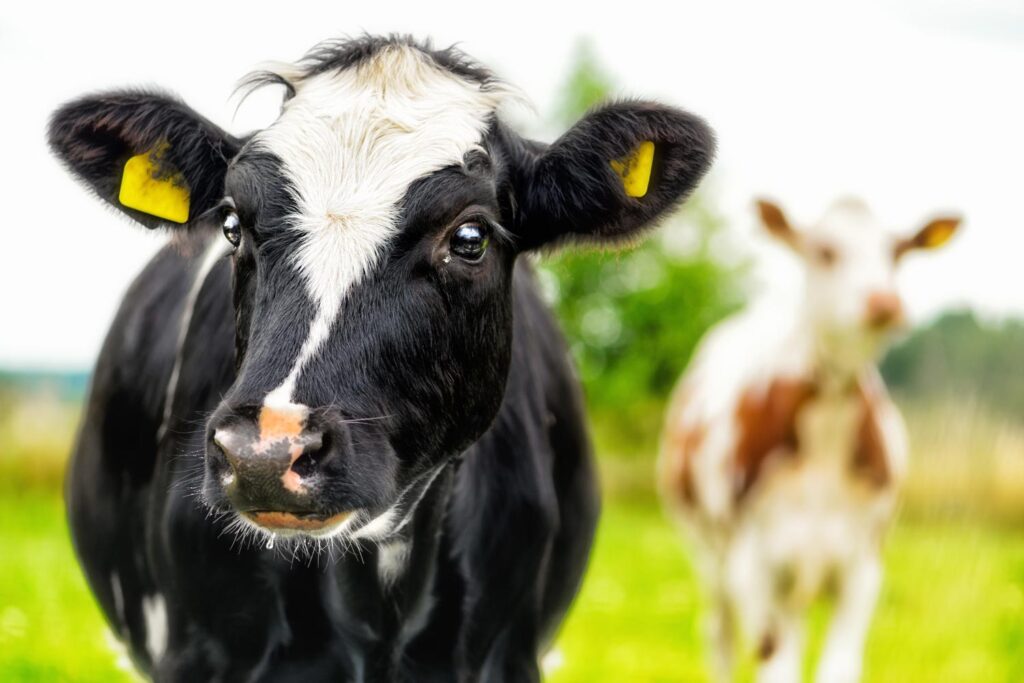
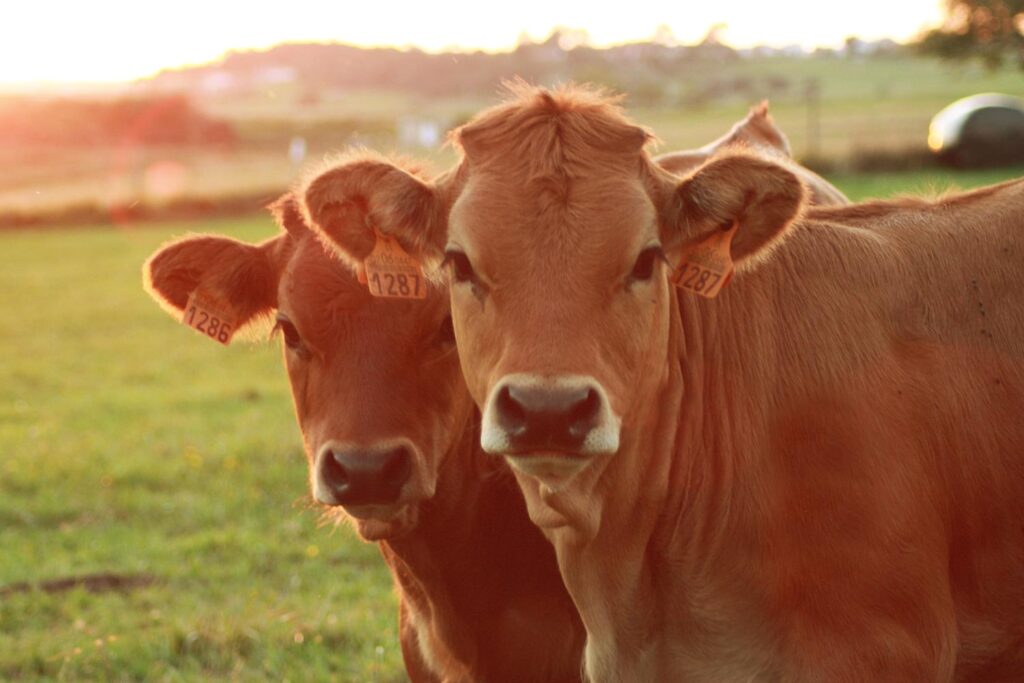
BENEFITS
Our HTG is one of the highest yielding biomass crops in the world. High yield translates into lower cost and in addition to animal feed can be used to generate electricity and biogas. It enjoys several advantages over other forms of biomass:
- It is non GMO
- The seed is certified sterile and the hybrid grass is sterile and non-invasive
- Planting stock is currently growing at scale in Malaysia
- A broad portfolio of high-quality, cost-effective feed products.
- Consistent values and a commitment to your success
- Cutting-edge technologies and nutrient analysis
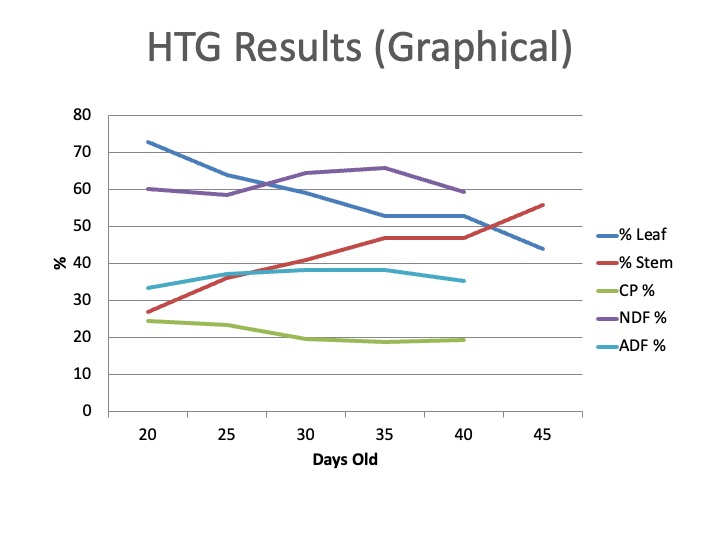
At around 30 days harvest Crude Protein levels are very acceptable for Fresh Forage/Fodder and the HTG quality is a good starter for making a silage product.
- 30 day growing & harvesting cycle for feed
- Up to 20% crude protein
- 60:40 Leaf to stem
BENEFITS
Our HTG is one of the highest yielding biomass crops in the world. High yield translates into lower cost and in addition to animal feed can be used to generate electricity and biogas. It enjoys several advantages over other forms of biomass:
- It is non GMO
- The seed is certified sterile and the hybrid grass is sterile and non-invasive
- Planting stock is currently growing at scale in Malaysia
- A broad portfolio of high-quality, cost-effective feed products.
- Consistent values and a commitment to your success
- Cutting-edge technologies and nutrient analysis
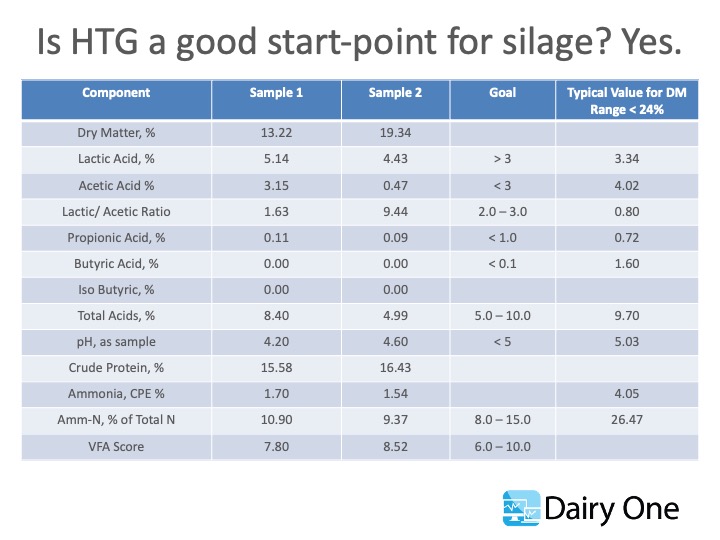
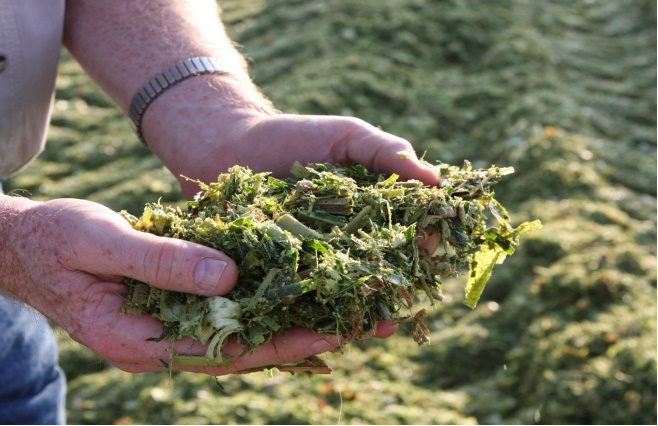
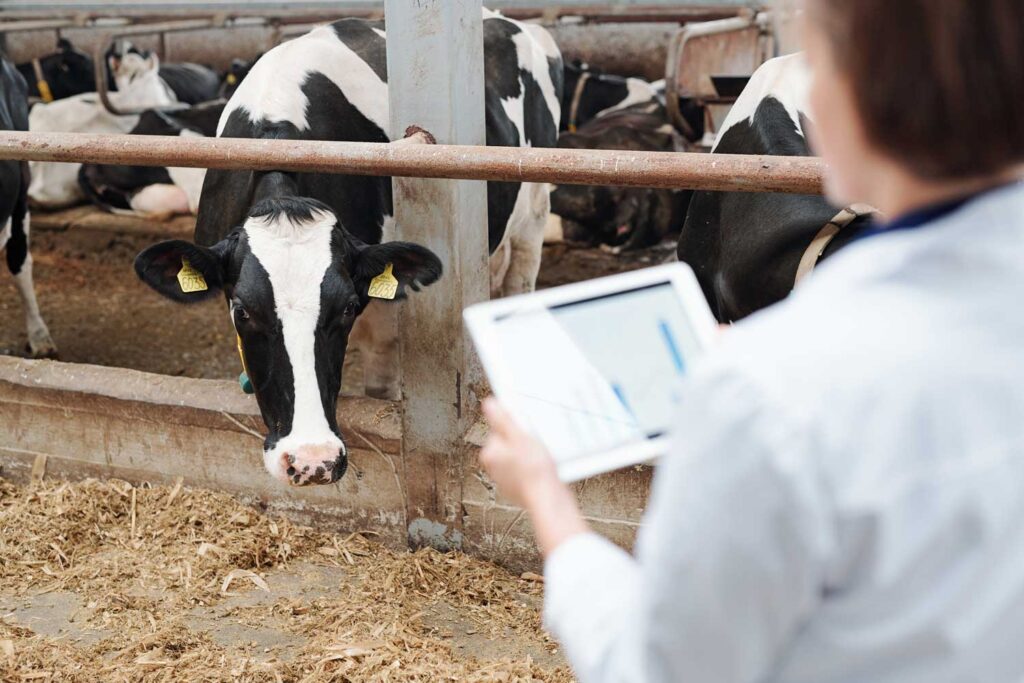
Like humans, livestock animals need a balanced diet containing all the necessary nutrients, fluids, minerals, and vitamins. Proper nutrition gives your animals the vigour to grow, develop, and reproduce, and strong immunity to fight off infections. Feeding has a direct impact on the growth rate and health status of the animal as well as on the animal’s product quality. In addition to this, it also has effects on the environment.
The ruminant industry in Malaysia depends primarily on locally available feedstuffs, with only some supplementation provided by imported ingredients. The major local materials used are crops residues and other agro-industrial by-products such as rice bran, copra cake, palm kernel cake (PKC), oil palm frond, sago, tapioca and broken rice.
PKC is obtained after extraction of oil, a by-product from the oil palm industry. It contains 15-17 percent crude protein and 16 percent crude fibre, but its palatability is low. Moreover it lacks several amino acids and has low lysine availability. It is important that Malaysia reduces its dependence on imported feed gain and improve the competitiveness of its livestock industry.

Sana Fortis Sdn Bhd is an agriculturally focused company founded by experts in the field aligned to an experienced international management and finance team based in Malaysia, with a desire to be part of the Malaysian Food Security initiative.
